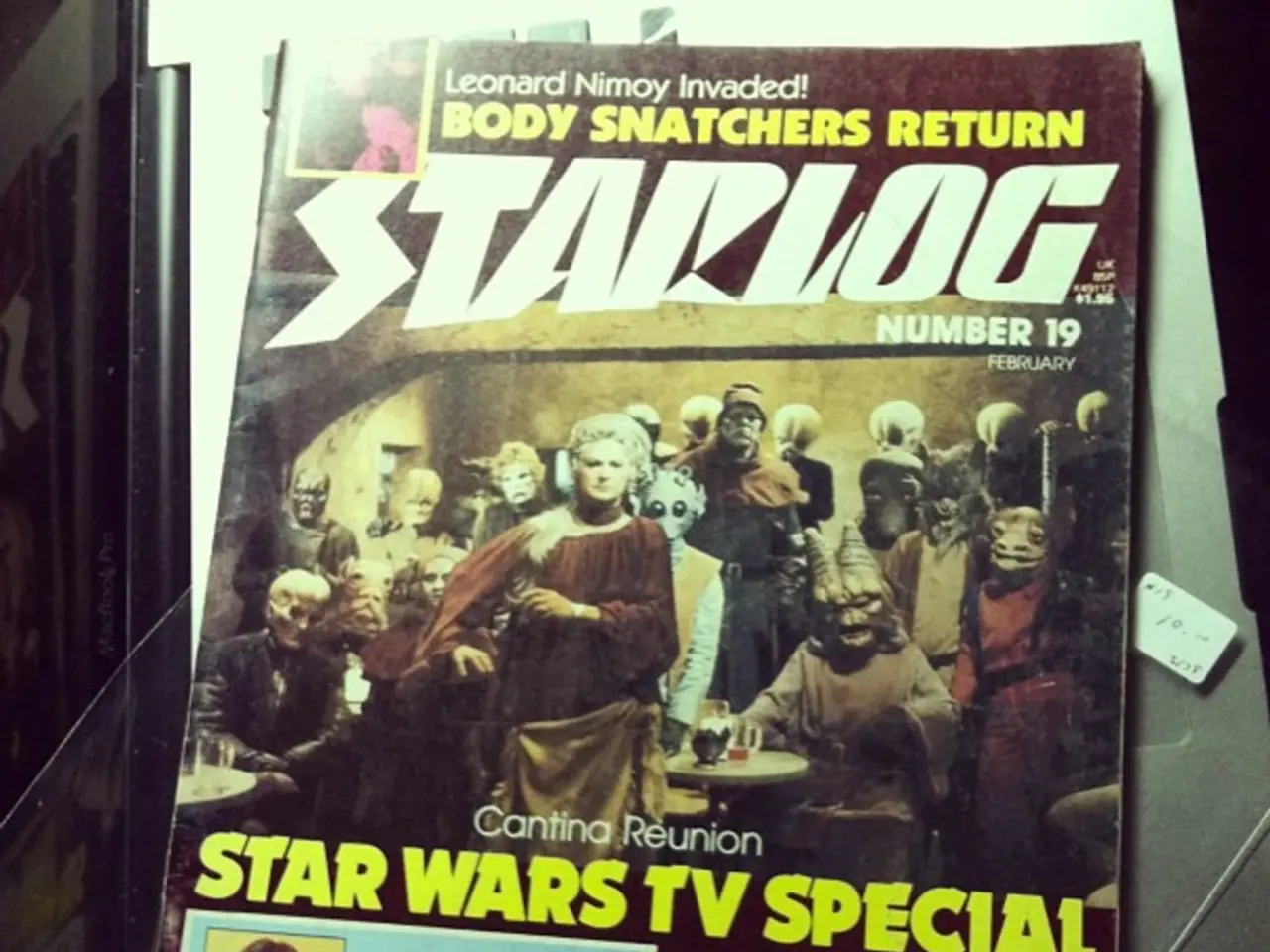Minimal Brand Investment, Maximum Celebrity Impact: An Examination of Brand Visual Eclipse (BVE)
In the realm of advertising, capturing and maintaining viewer attention is crucial to the success of a campaign. A new concept, known as Brand Visual Eclipse (BVE), has emerged as a potential game-changer in this regard.
BVE refers to the phenomenon where a brand's visual elements dominate a viewer's attention, influencing their perception and memory of the brand. The relationship between BVE and advertising effectiveness lies in the ability of compelling and visually engaging branding elements to increase attention, recall, and emotional engagement with an advertisement, thereby improving its impact on consumers.
To measure this relationship, researchers have turned to biometric data. This data captures involuntary physical responses that indicate cognitive and emotional reactions to visual stimuli. Common biometric measures include eye tracking, Galvanic Skin Response (GSR), heart rate variability, and facial expression analysis.
By analyzing biometric data during exposure to advertisements with varying degrees of BVE, researchers can quantify how strongly the visual dominance of a brand correlates with viewer attention and emotional response, key drivers of advertising effectiveness. This approach provides an objective, real-time, and unconscious measurement of consumer engagement beyond traditional self-report surveys.
A recent study investigated the overshadowing effect of a celebrity, termed as BVE, in two specific product categories: Detergent Bar Brand and Mobile Brand. The data was collected from 30 participants using Tobii-X30 Hz eye tracking technology. However, the study did not provide specific advertising campaigns or strategies used for these brands, nor did it specify the exact percentage of fixation spent that constituted high, moderate, or low BVE for each brand.
Despite this, the study did find high BVE in both categories, suggesting that both brands were able to effectively capture and retain viewer attention through dominant visual branding. This finding underscores the potential of BVE as an advertising effectiveness indicator based on biometric data.
Low BVE occurs when the brand receives more than 80% fixation spent of the celebrity's fixation spent, while moderate BVE occurs when the brand receives more than 20% and less than or equal to 80% of the celebrity's fixation spent. High BVE, on the other hand, occurs when the brand receives less than or equal to 20% fixation spent of the celebrity.
The use of BVE as an advertising effectiveness indicator offers brands a valuable tool for optimizing visual strategies and demonstrating impact on consumer engagement and recall. As research in this area continues to grow, we can expect to see more insights into the role of BVE in successful advertising campaigns.
References:
[1] Digital signage with dynamic visuals significantly increases viewer attention and brand recall. (n.d.). Retrieved from https://www.digitalsignageconnection.net/digital-signage-with-dynamic-visuals-significantly-increases-viewer-attention-and-brand-recall/
[3] Adobe Dynamic Media. (n.d.). Retrieved from https://www.adobe.com/uk/products/dynamic-media.html
- In the realm of advertising, Brand Visual Eclipse (BVE) is an emerging concept that uses biometric data, such as eye tracking, to measure the effectiveness of a brand's visual dominance on viewer attention and emotional response.
- By analyzing biometric data, researchers can determine how high, moderate, or low BVE is for specific brands, with low BVE indicating more than 80% fixation spent on a celebrity, moderate BVE being more than 20% but equal to or less than 80%, and high BVE equating to less than or equal to 20% fixation spent on a celebrity.
- The application of BVE as an advertising effectiveness indicator can offer brands valuable insights into optimizing visual strategies for improved consumer engagement and recall, potentially leading to more successful advertising campaigns in the future.




